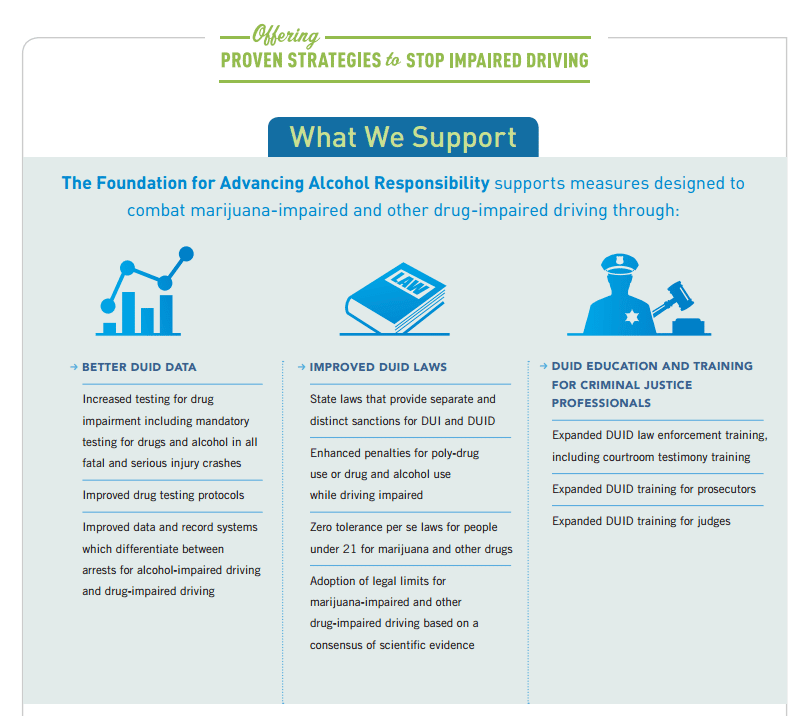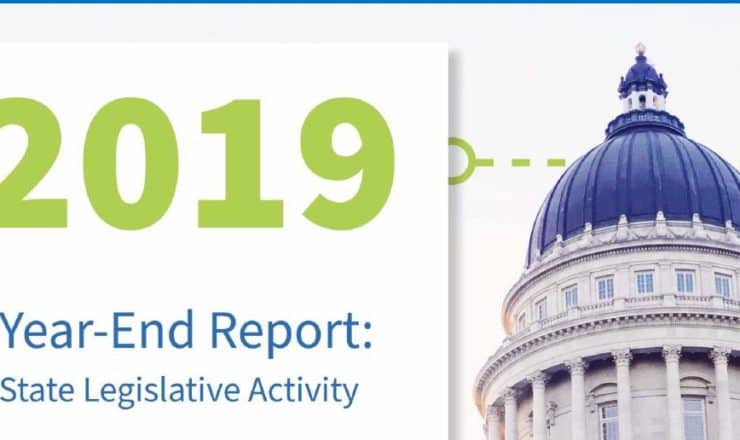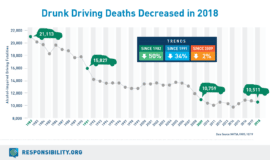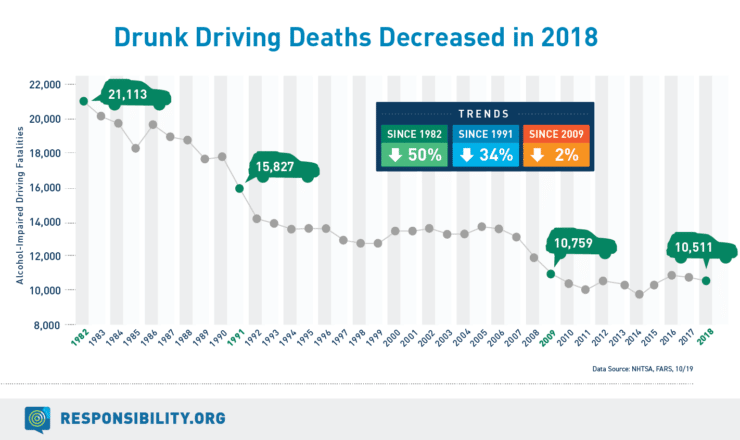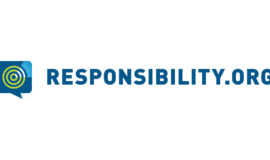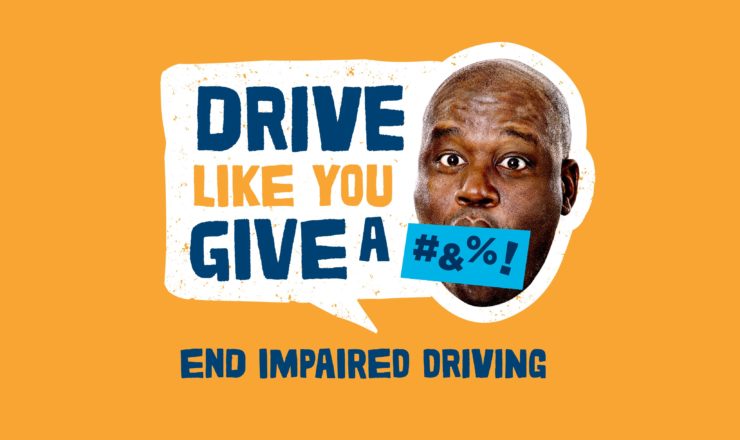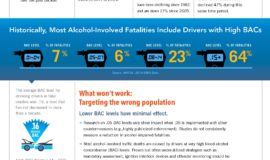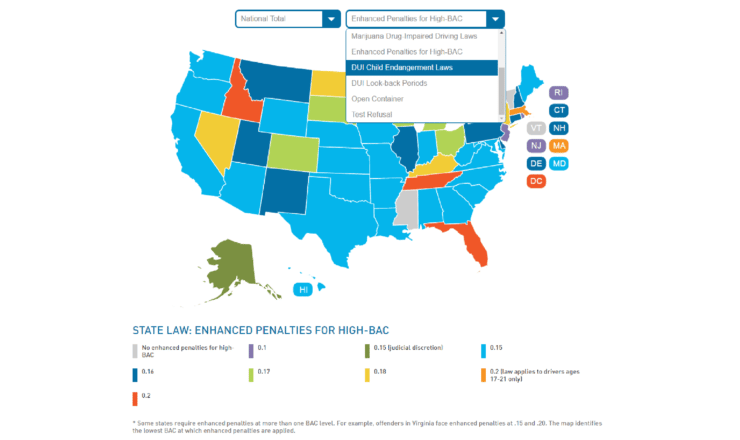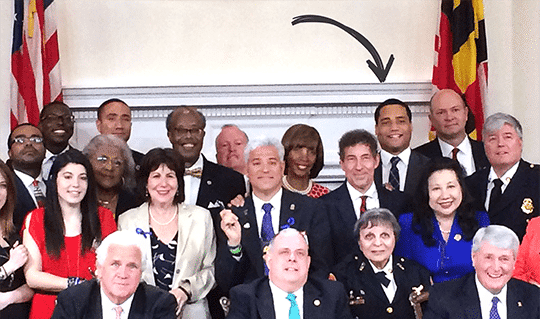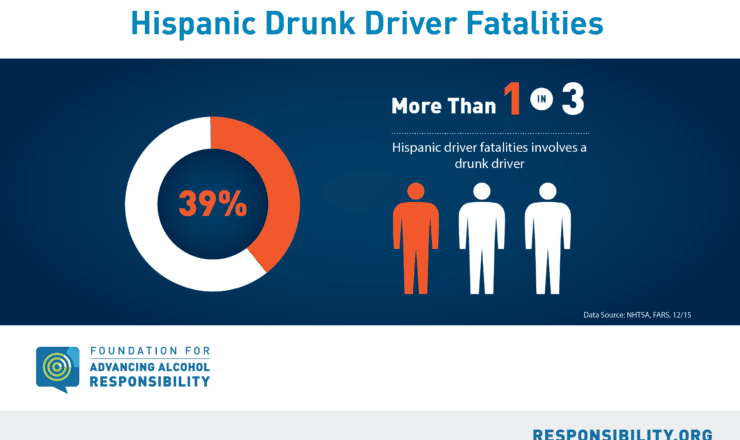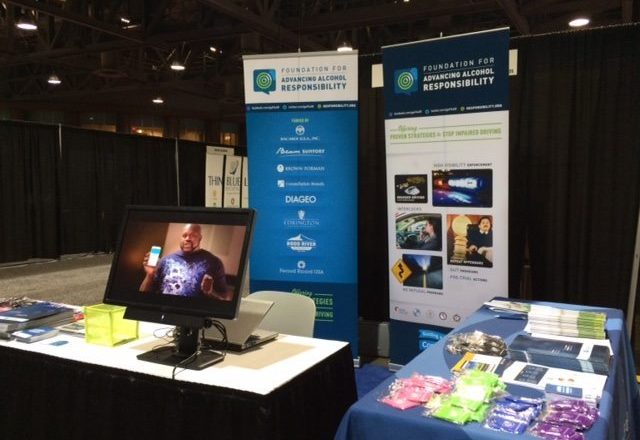Teens driving drunk less, driving high more
During the early 1980s, there were more than 5,000 drunk driving fatalities among drivers under age 21. Fast forward 33 years later: The number of drunk driving fatalities involving underage youth has decreased nearly 80% since 1982. We can credit the 21 minimum drinking age law, changes in attitude, and social norming for much of this success. Through education, awareness, and prevention efforts, young people have received their license knowing that driving drunk is dangerous, illegal, and socially unacceptable.
While the rates of drunk driving have decreased significantly, we have seen a rise in another form of impaired driving. Young drivers are now overrepresented among the drugged driving (DUID) population. We know from years of research that lack of driving experience combined with impairment greatly increases teens’ relative risk of being in a crash.
The drug most commonly detected in young drivers (both in fatal collisions and at roadside stop) is marijuana.
• Cannabinoids account for 43% of the drugs detected in fatally injured drivers under the age of 24 (ONDCP, 2011).
• In the 2007 NHTSA National Roadside Survey (NRS), drivers age 16-20 had the highest percentage of marijuana positive tests (15.2%) of any age group (Lacey et al., 2009).
• The 2013-2014 NRS findings indicate that drugged driving, particularly marijuana-impaired driving, has increased dramatically (drug positive results by age group are not yet available).
Self-report data reveal that youth frequently drive under the influence of marijuana and are passengers of marijuana-impaired drivers. The results from the 2011 National Institute of Drug Abuse’s (NIDA) Monitoring the Future survey indicated that more than 12% (1 in 8) of high school seniors admitted to driving under the influence of cannabis in the two weeks prior to the survey (O’Malley and Johnston, 2013). In a 2012 survey of more than 24,000 high school students, more students reported riding with a driver who had used marijuana (18.0%) compared with alcohol (10.3%). In addition, only 52% of the youth surveyed perceived it was “very dangerous” to ride with a driver who used marijuana (Schneider et al., 2013).
Scientists have yet to determine relative risk associated with driving under the influence of cannabis, however studies have shown that it impairs coordination and concentration which results in an inability to perform divided attention tasks, slower reaction time, poor speed maintenance, and steering corrections. Combine these deficits with driver inexperience and you have a recipe for crashes.
Perhaps the single most disturbing aspect of the youth drugged driving issue is the misperceptions that teens have when it comes to the prevalence, acceptability, and risk of engaging in the behavior. In 2014, I authored a report for the Canadian Centre on Substance Abuse (CCSA) that summarized these notions and offered potential solutions for addressing the issue. In reviewing available literature, my colleagues and I found that youth often believe:
• Drugged driving is not a serious problem.
• Some drug use does not adversely affect driving ability.
• Some drug use improves driving ability (due to compensation strategies).
• The likelihood of detection and apprehension for drugged driving is low.
This is a daunting list of misperceptions to address and overcome, but we have the advantage of decades of experience fostering awareness about drunk driving. The same principles and strategies that resulted in massive reductions in youth drunk driving can now be applied to educate young people about the dangers of drugged driving. Through the use of targeted campaigns and prevention initiatives, communities can provide factual information, engage in constructive dialogue, and mobilize to change youth attitudes and perceptions about DUID. Paramount to the success of these initiatives is the inclusion of peer-to-peer support, engagement of parents, and mobilization of the community-at-large.
For youth, parents, and community leaders interested in fostering change and reducing youth drugged driving, there are several resources available to guide these efforts:
• The Office of National Drug Control Policy’s (ONDCP) Teen Drugged Driving: A Community Awareness Activity Toolkit
• The Centre for Addictions Research of British Columbia’s Drugs & Driving Program
• RADD (in partnership with ONDCP, the Governor’s Highway Safety Association (GHSA), and the Ohio Office of Traffic Safety) is in the midst of creating and piloting a public awareness campaign to educate teens and young adults (ages 14-24) about the risks associated with drugged driving. The campaign will be piloted in Ohio this summer.
Many organizations are also actively engaged in developing and passing strong DUID policy across the country. AAA and We Save Lives have been especially active in supporting legislation; we applaud their commitment to this issue and their ongoing partnership in these efforts. Responsibility.org continues to support measures designed to eliminate drugged driving, especially among our nation’s youth.

